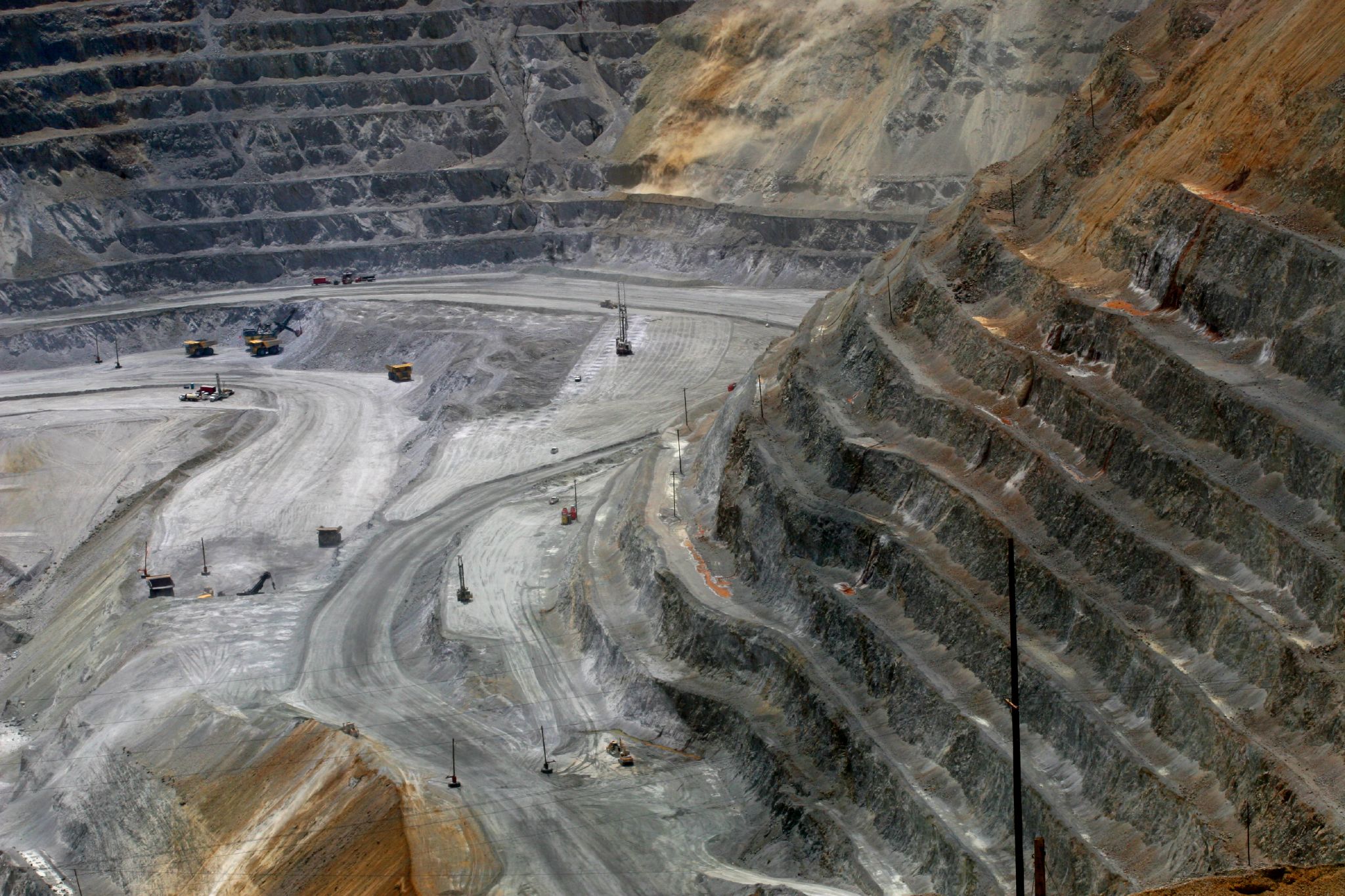
Unexpected Landscapes. Wastelands as ‘buffer zones’ for the future
##plugins.themes.immersion.article.figure##

Abstract
Land worldwide is deeply marked by human activity, which became heavier, harder, more wasteful, and permanent after the industrial revolution. The landscapes of the Anthropocene encompass riddled proving ground and test sites, nuclear wastelands, immense open-pit mines, contaminated lands, disappearing bodies of water, boundless landfills, and discarded territories. These grounds are the landscapes of growth, production, and destruction: the sceneries where the show of quarrying, discharge, stockpile, abandonment, drainage, and burial is staged. However, this rush to exhaustion is giving shape to the landscape of tomorrow: the examination of unforeseen uses and values attributed in the current age to some of these ‘sceneries of consumption’ – the Bingham Canyon Mine near Salt Lake City; the former Fresh Kills landfill in New York; the decommissioned Templehof Airport in Berlin– suggest they may play unpredictable cultural and strategic roles in the next future.
Cover image: Mining operations at Bingham Canyon Mine, Utah, 2009 by Arbyreed. License: CC BY-NC-SA 2.0
References
- Ben Borthwick and Melissa Gronlund, “Rosa Barba: Changing Cinema”, Afterall.org (2010). Available at: https://www. afterall.org/article/changing-cinema (accessed on April 27th, 2022).
- Donna Haraway, Staying with the Trouble: Making Kin in the Chthulucene. Durham: Duke University Press, 2016. William Langewiesche, American Ground. Unbuilding the World Trade Center. New York: North Point Press, 2002.
- Sara Marini, Nuove Terre. Architetture e paesaggi dello scarto. Macerata: Quodlibet, 2010. New York State Museum, “Fresh Kills”, NYS Museum. Available at https://exhibitions.nysm.nysed.gov/wtc/recovery/ freshkills.html (accessed on April 27th, 2022).
- Jennifer Padgett, “Robert Smithson”, Notations: Contemporary Drawing as Idea and Process. Available at: http://notations. aboutdrawing.org/robert-smithson/ (accessed on April 27th, 2022).
- Alessandra Ponte, “Desert Testing”, Lotus, no. 114 (2002), 56-79.
- Robert Smithson, Nancy Holt (eds), The Writings of Robert Smithson. New York: New York University Press, 1979.
- Massimo Venturi Ferriolo, Percepire paesaggi. La potenza dello sguardo. Torino: Bollati Boringhieri, 2009.